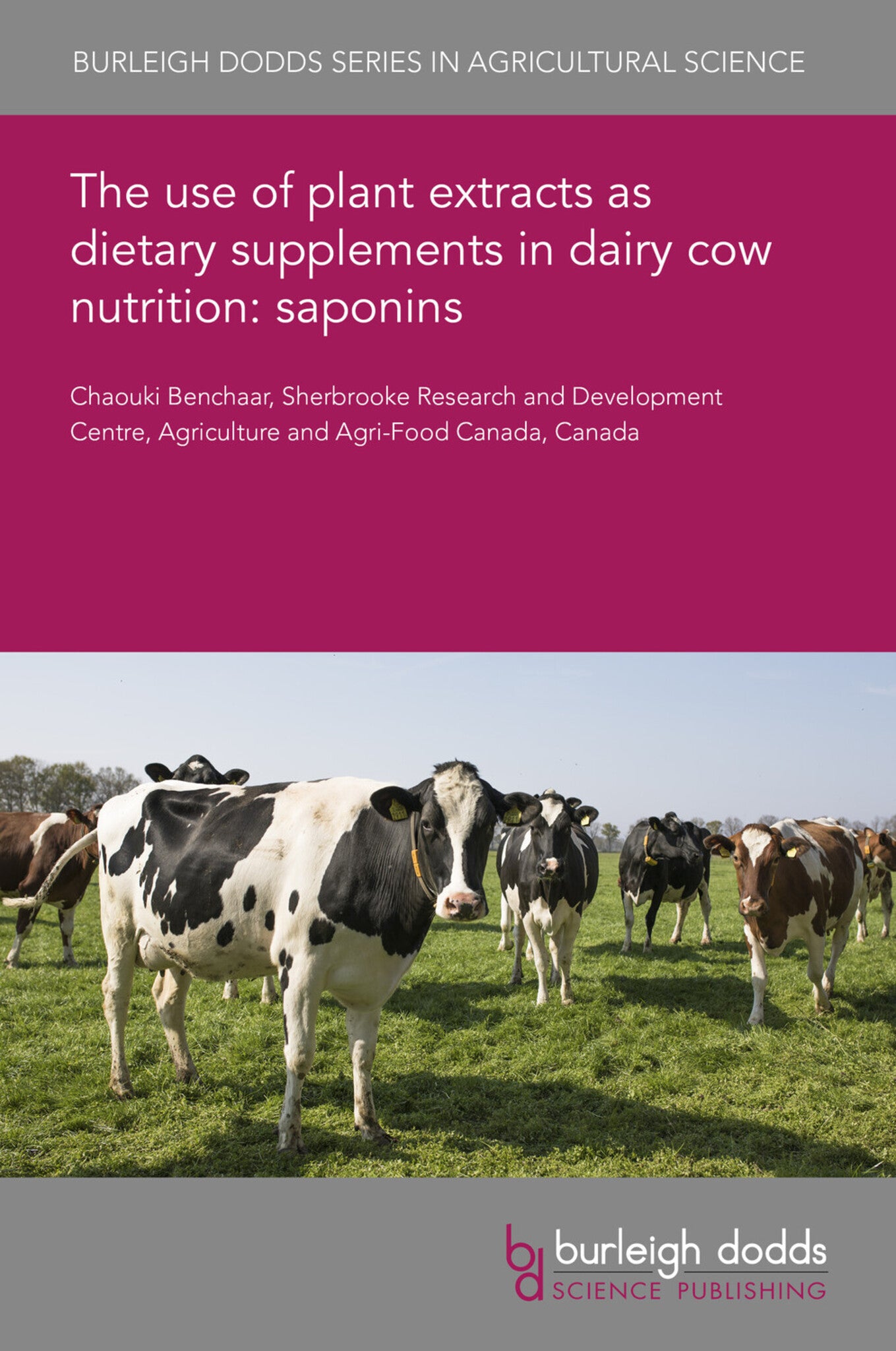We're sorry. An error has occurred
Please cancel or retry.
The use of plant extracts as dietary supplements in dairy cow nutrition: saponins

Some error occured while loading the Quick View. Please close the Quick View and try reloading the page.
Couldn't load pickup availability
- Format:
-
13 March 2023

Saponins are steroid or triterpene glycoside compounds found in a variety of plants. Some saponins-containing plants have been used in ruminant nutrition with the most known and The main effect of saponins appears to inhibit ruminal protozoa (i.e., defaunation), which might increase rumen microbial synthesis and protein duodenal flow of amino acids. Given the symbiotic association between protozoa and methanogens, saponins may reduce enteric methane production. Saponins may also selectively impact (positively or negatively) specific rumen bacteria or fungi. The effects of saponins on rumen microbial fermentation have been mostly demonstrated in vitro (short-term) and have been inconsistent, whereas in vivo studies failed to confirm these effects more likely of the possible adaptation and/or degradation to/by rumen microbes. The present chapter reviews and discusses the effects and the mode of action of saponins on rumen microbes, fermentation in the rumen and performance of dairy cows.

TECHNOLOGY & ENGINEERING / Agriculture / Animal Husbandry, Dairy farming, TECHNOLOGY & ENGINEERING / Agriculture / Sustainable Agriculture, Sustainable agriculture, Agricultural science

- 1 Introduction
- 2 Sources, chemistry, biosynthesis pathway and antimicrobial properties
- 3 Effects on rumen microbial populations
- 4 Enteric methane production
- 5 Nitrogen metabolism
- 6 Performance
- 7 Toxicity
- 8 Conclusion
- 9 References



